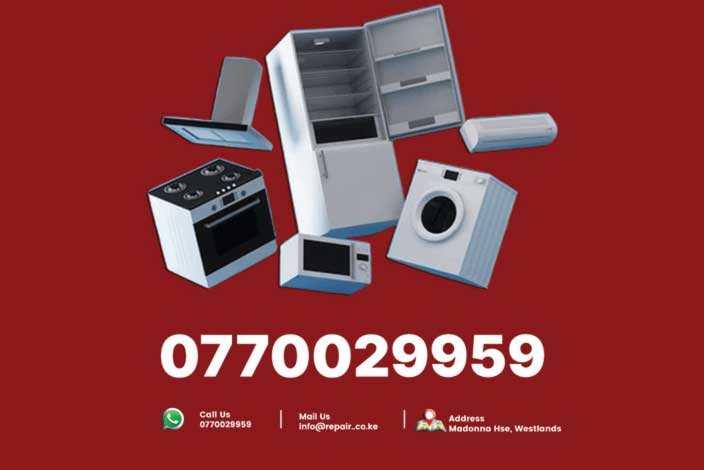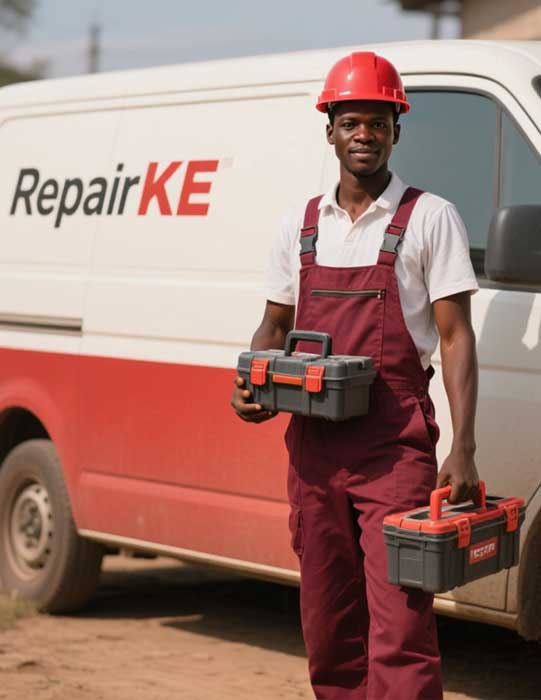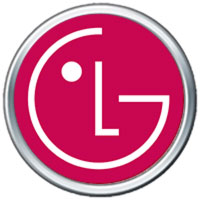Space-saving solutions have become increasingly important in modern homes, particularly in urban apartments and compact living spaces. Stackable washing machines offer an innovative answer to laundry needs while maximizing limited square footage. Understanding their characteristics, features, and functionalities can help homeowners make informed decisions about whether this configuration suits their lifestyle.
Design and Configuration
Stackable washing machines consist of a front-loading washer positioned on the bottom with a compatible dryer mounted above it. This vertical arrangement typically requires only about 24 to 27 inches of floor width, compared to the 48 to 54 inches needed for side-by-side units. The configuration utilizes vertical space efficiently, making it ideal for closets, small laundry rooms, or even bathroom installations.
Most stackable units are front-loading machines, as top-loading washers cannot be stacked without blocking access to the lid. The front-loading design also contributes to better water and energy efficiency, using approximately 40% less water than traditional top-loaders while delivering comparable or superior cleaning performance.
Key Features
Modern stackable washing machines come equipped with numerous advanced features. High-efficiency motors provide powerful cleaning action while maintaining quiet operation, essential for units installed near living spaces. Many models offer multiple wash cycles tailored to different fabric types, from delicate items to heavily soiled work clothes.
Smart technology integration has become increasingly common, with WiFi connectivity allowing users to control and monitor their laundry remotely through smartphone applications. These apps can send notifications when cycles complete, diagnose potential issues, and even suggest optimal wash settings based on load type.
Steam cleaning functions have emerged as a popular feature, helping to sanitize fabrics, reduce allergens, and minimize wrinkles without harsh chemicals. Quick-wash cycles accommodate busy lifestyles by completing small loads in as little as 15 to 30 minutes.
Installation Considerations
Installing stackable washing machines requires specific considerations. A dedicated stacking kit provided by the manufacturer ensures safe and stable mounting of the dryer above the washer. These kits include brackets and hardware designed to withstand the vibration and movement generated during operation.
Proper ventilation is crucial for dryer performance and safety. Vented dryers require access to an exterior wall for exhaust ducting, while ventless condensing or heat pump dryers offer more flexible placement options. Electrical requirements typically include a standard 120-volt outlet for the washer and a 240-volt outlet for electric dryers.
Capacity and Performance
Despite their space-saving design, stackable washing machines don't necessarily compromise on capacity. Many models offer tubs ranging from 4.0 to 5.0 cubic feet, accommodating substantial loads including bulky items like comforters and sleeping bags. The matching dryers typically provide similar capacity, ensuring balanced laundry processing.
High spin speeds, often exceeding 1,200 RPM, extract more water during the wash cycle, reducing drying time and improving overall efficiency. This feature proves particularly valuable in stacked configurations where energy consumption matters.
Advantages and Limitations
The primary advantage of stackable washing machines lies in their space efficiency, freeing valuable floor space for other purposes. They're ideal for renters and homeowners who want laundry capabilities without dedicating an entire room to the task. Energy and water efficiency translate to lower utility bills over time.
However, limitations exist. The elevated position of the dryer can make loading and unloading challenging for shorter individuals or those with mobility issues. Maintenance access may also be more difficult when units are stacked. Additionally, if one appliance fails, replacing it typically requires unstacking the entire setup.
Stackable washing machines represent a practical solution for modern living spaces where every square foot counts. Their combination of space efficiency, advanced features, and respectable performance makes them an attractive option for apartments, condos, and smaller homes. By carefully evaluating installation requirements, capacity needs, and feature preferences, consumers can determine whether stackable units align with their laundry needs and living situation.






